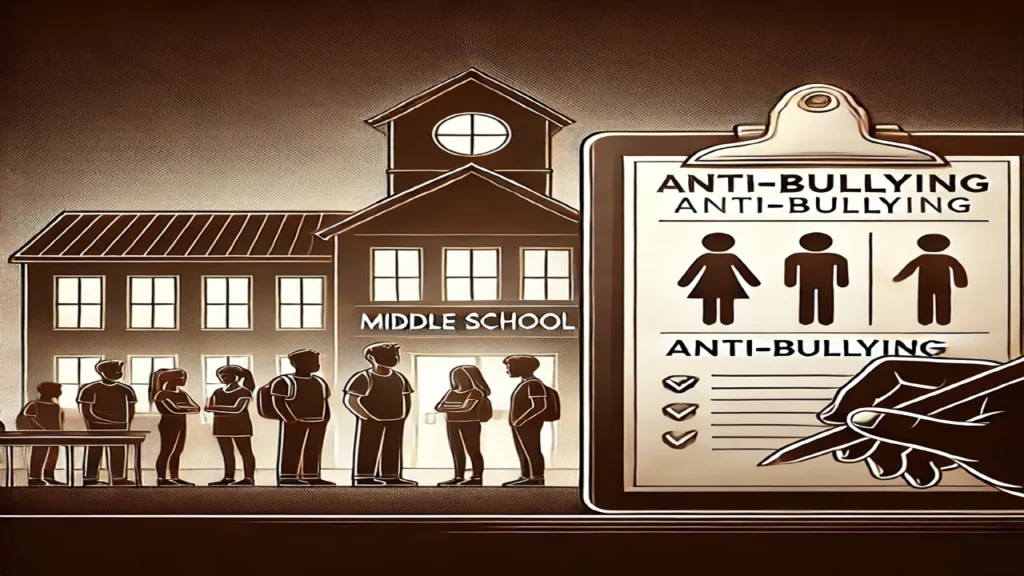When Tragedy Strikes: DOJ Investigates Schools and SROs After Student Suicide in New Jersey
The tragic suicide death of an 11-year New Jersey Middle School Student has brought focus to the responsibility of schools in preventing bullying and ensuring student safety. Following Felicia’s suicide in the school restroom in early 2023, the Mount Holly Township School District in New Jersey now faces a federal DOJ civil rights investigation and a wrongful death lawsuit. These actions show growing concerns about the role of school personnel, district policies, and SROs in preventing such heartbreaking incidents.
Yes, the DOJ is investigating the Role of SROs in harassment, intimidation, and bullying.
The lawsuit filed by Felicia’s mother, Elaina LoAlbo, alleges that school officials failed to act on repeated complaints about bullying. Despite numerous reports from Felicia and her mother, including claims of physical assaults and humiliating acts in the classroom, the district is accused of “willful ignorance” that allowed a culture of bullying to persist. Tragically, this failure to intervene culminated in Felicia’s death just weeks after her father, a decorated Newark Transit Detective, passed away from cancer.
Federal authorities, through the U.S. Department of Justice (DOJ), are investigating whether the district’s practices reflect systemic issues, including potential discrimination based on race, national origin, and sex. Additionally, the DOJ is examining how SROs respond to and prevent bullying incidents, as well as the district’s supervision of students, particularly on school buses.
Felicia’s case is not an isolated one. Across the country, lawsuits and settlements over unaddressed bullying have cost school districts millions of dollars. For example:
- New Jersey’s Rockaway Township School District paid $9.1 million in 2022 after a student’s suicide.
- California’s El Segundo Unified School District settled a bullying-related lawsuit for $1 million the same year.
These financial consequences are paralleled by broader societal impacts. Suicide is the second leading cause of death for children aged 10-14, and cyberbullying has exacerbated this crisis. The Centers for Disease Control and Prevention (CDC) reports that suicide rates for adolescent girls doubled between 2007 and 2015, a troubling trend that demands action.
While many schools have anti-bullying policies on paper, cases like Felicia’s highlight the gap between policy and practice. Effective measures require proactive engagement, timely intervention, and accountability at all levels—teachers, counselors, administrators, and SROs alike. The DOJ’s investigation into Mount Holly Township may set a precedent for holding schools accountable not just for reactive measures, but for creating safe environments that prevent bullying in the first place.
The Role of SROs and Policy Reform
As the DOJ scrutinizes the role of SROs in preventing such tragedies, districts must examine whether these officers receive adequate training in child development and trauma-informed practices. Balancing enforcement with support is essential to ensuring that SROs contribute positively to school climates rather than exacerbating tensions.
In addition, many school administrators receive little to no training in such matters.
This case should serve as a wake-up call for schools and districts nationwide. Addressing bullying effectively requires more than policies; it demands a culture of vigilance, empathy, and accountability to ensure no child feels unheard or unsafe.
